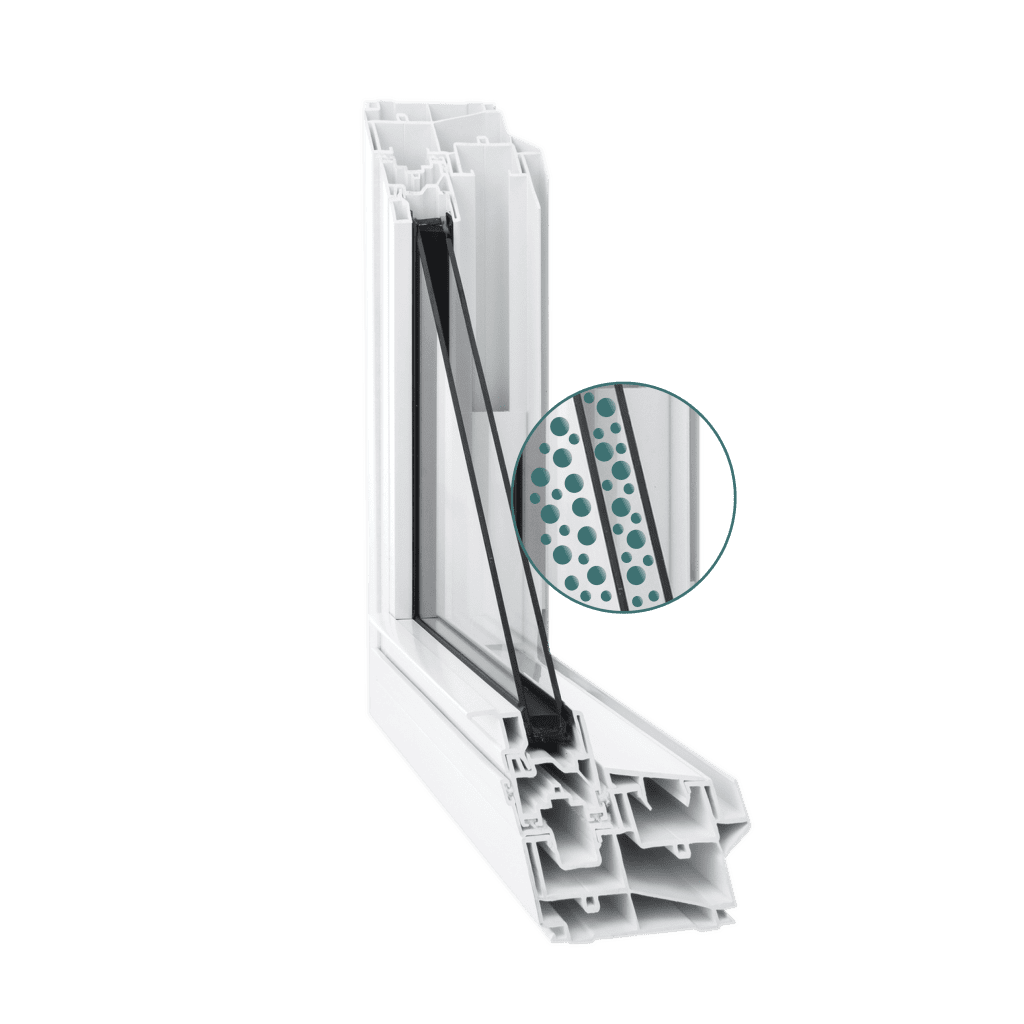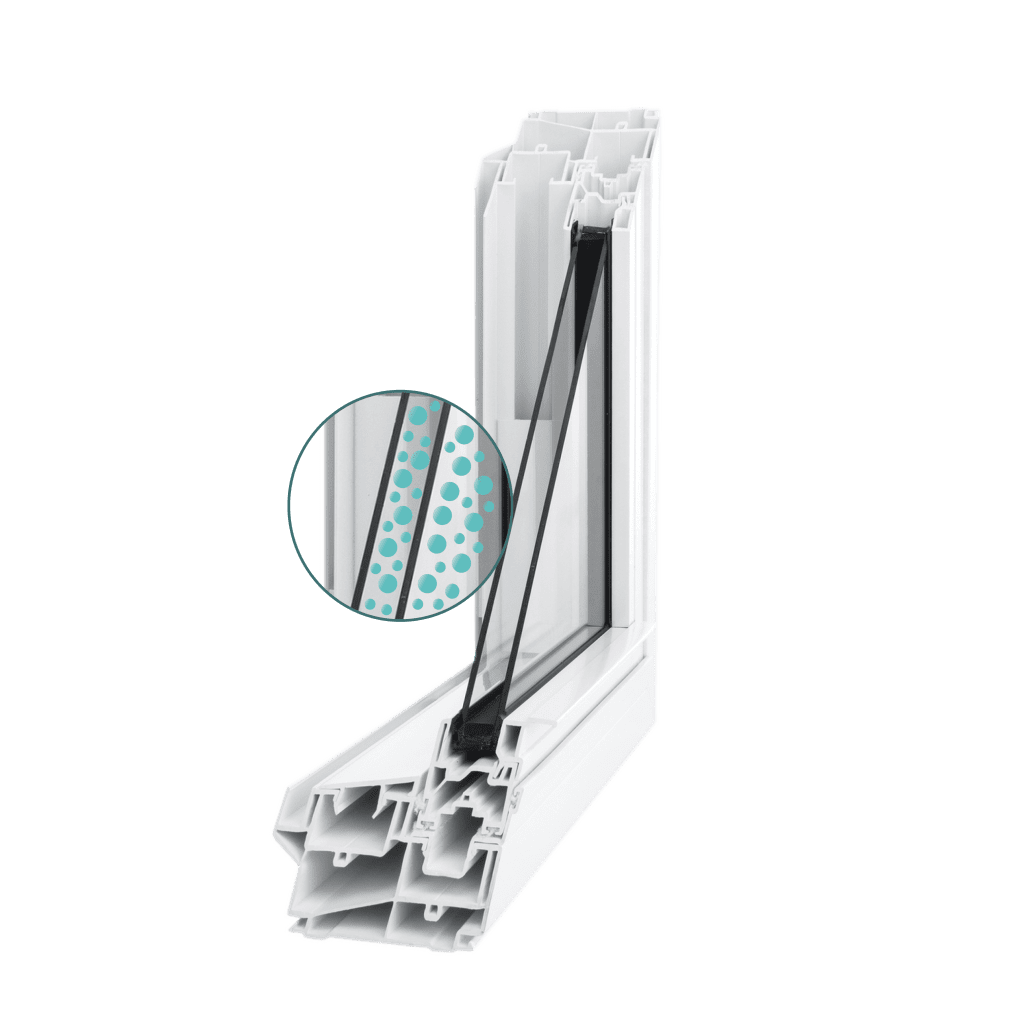Window Types
Every type of window has specially designed characteristics that make its operation and appearance unique. When making your window selection, consider what you need your window to do for you and your home.
Anatomy of a Window
Every window is made up of many integral parts, and it’s beneficial to familiarize yourself with the terminology so you can make informed buying decisions.
This refers to the horizontal board attached to the wall under the windowsill or stool.
Casing is the decorative molding or framing around a window that is used to cover the space between the window frame or jamb and the wall.
The enclosure in which the window sash or door panels are mounted.
The glass inside a window, i.e., single, double or triple glaze (also known as single, double or triple pane).
The main horizontal portion forming the top of the window frame.
The main vertical portions forming the sides of the window frame.
A vinyl strip that extends over the edge of the outdoor window sash used to secure the window to an opening and hold it securely in place while being installed.
A framed sheet of glass within a window or door.
The sash is a moveable part of a window made up of the vertical and horizontal frame holding the glass.
Small permanent grille bars adhered to the exterior and interior of the glass that divide a window into smaller sections.
Also known as the sill, this part of the window protrudes out like a shelf on the bottom of the window into the interior of the house.
Weatherstripping is a strip of material used for covering the joint between the window sash and frame in order to minimize air leaks and prevent water from entering the structure through its sealing process.
Inert Gas Fills
The type of slow-moving gas used between the panes of glass will have a direct effect on the energy efficiency of your windows. Adding gas fills to your replacement windows will improve your home’s energy performance in every season, so you’ll save energy – and money – year-round.

Argon Gas
Thermal performance is improved by replacing the air between the panes of a window with Argon gas, an inert, slow-moving gas. Argon gas helps prevent heat loss to improve energy efficiency.

Krypton Gas
Krypton gas is an inert, slow-moving gas that improves thermal performance. Denser than Argon, Krypton gas does an excellent job of preventing heat loss.
Questions?
If you’d like to learn more about our windows and the benefits of replacement, contact our team of experts for helpful tips and advice.
© 2024 Brock Doors and Windows Ltd.. All Rights Reserved.
Schedule your free, no-obligation consultation today!